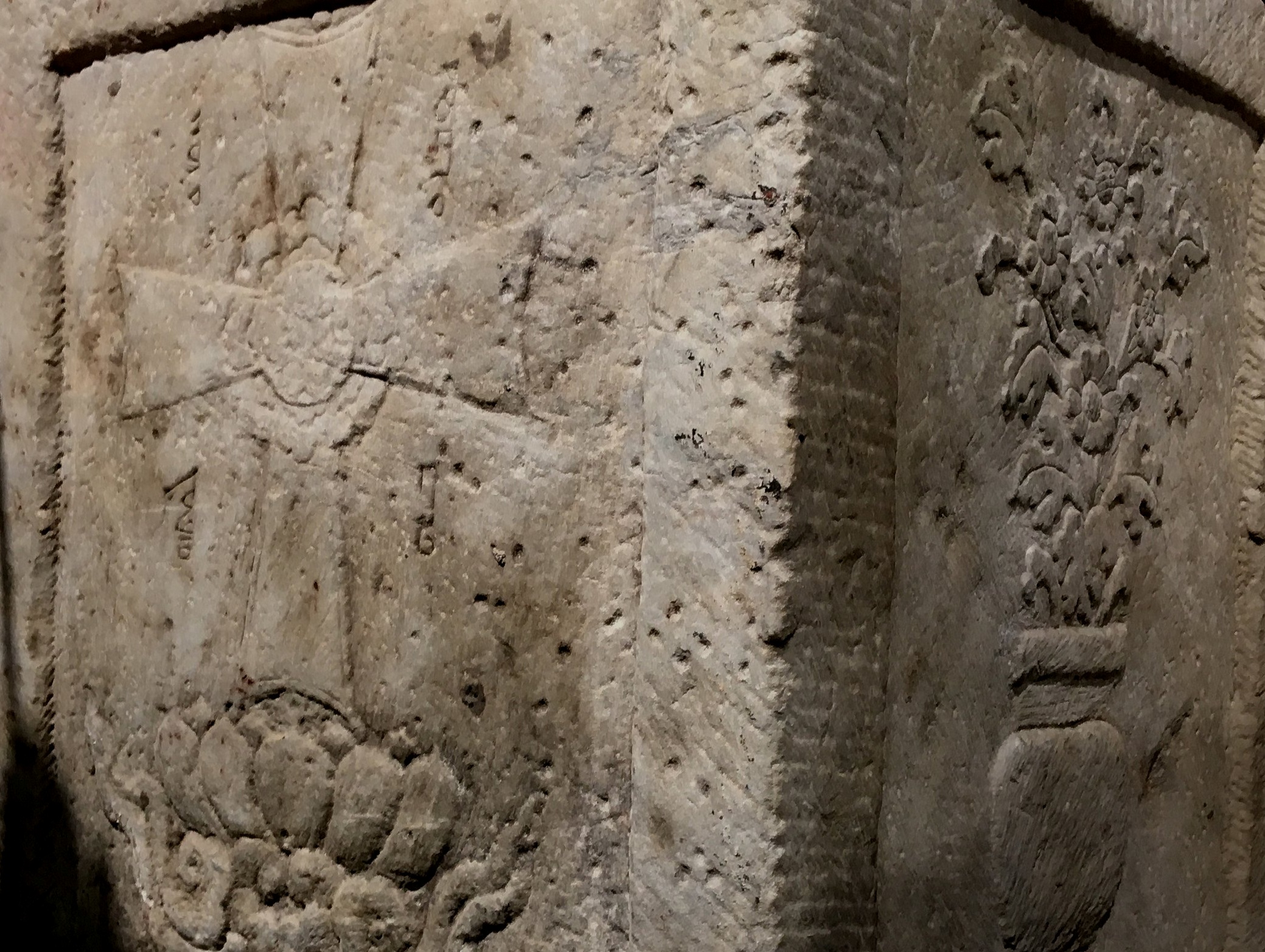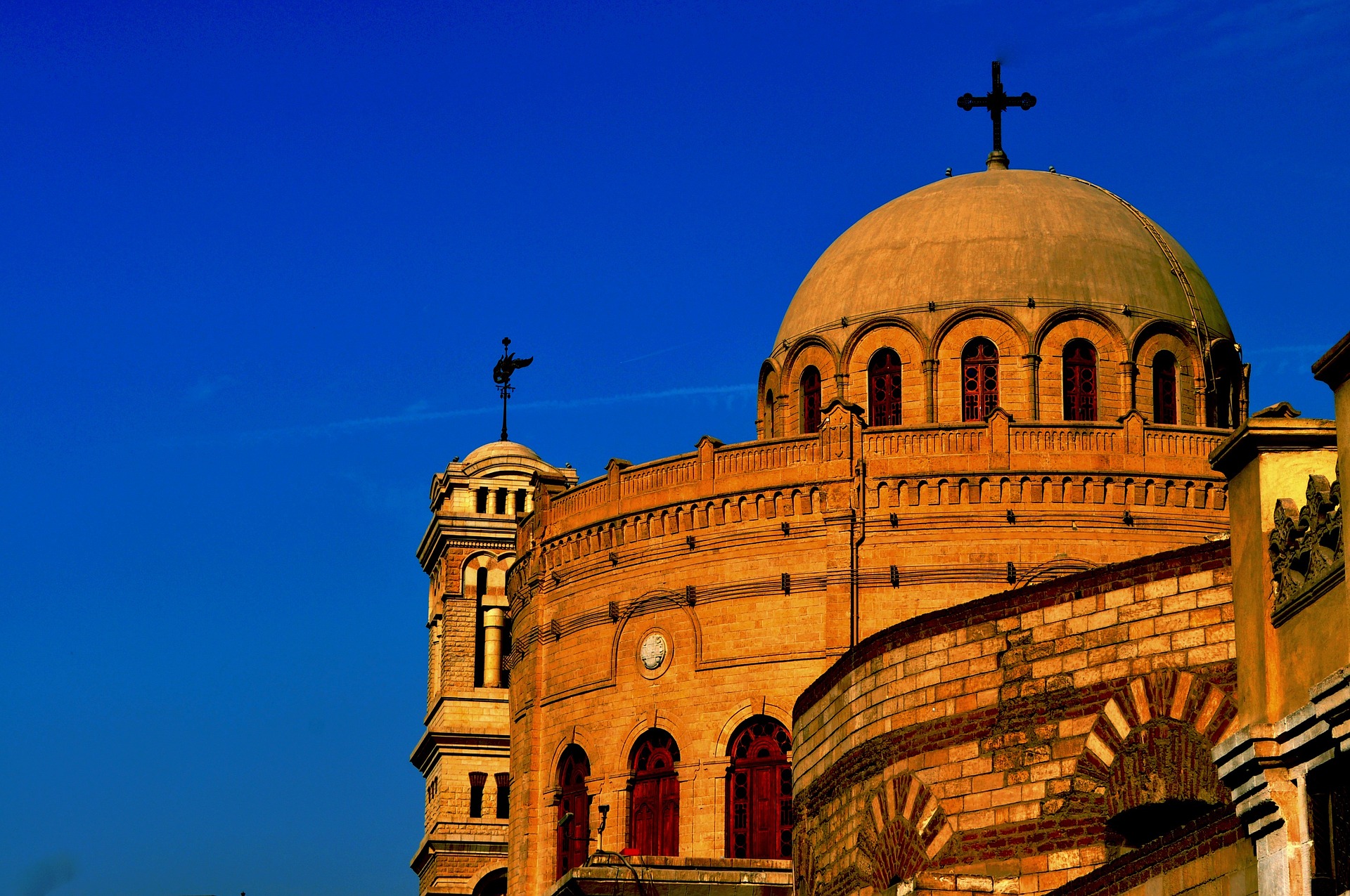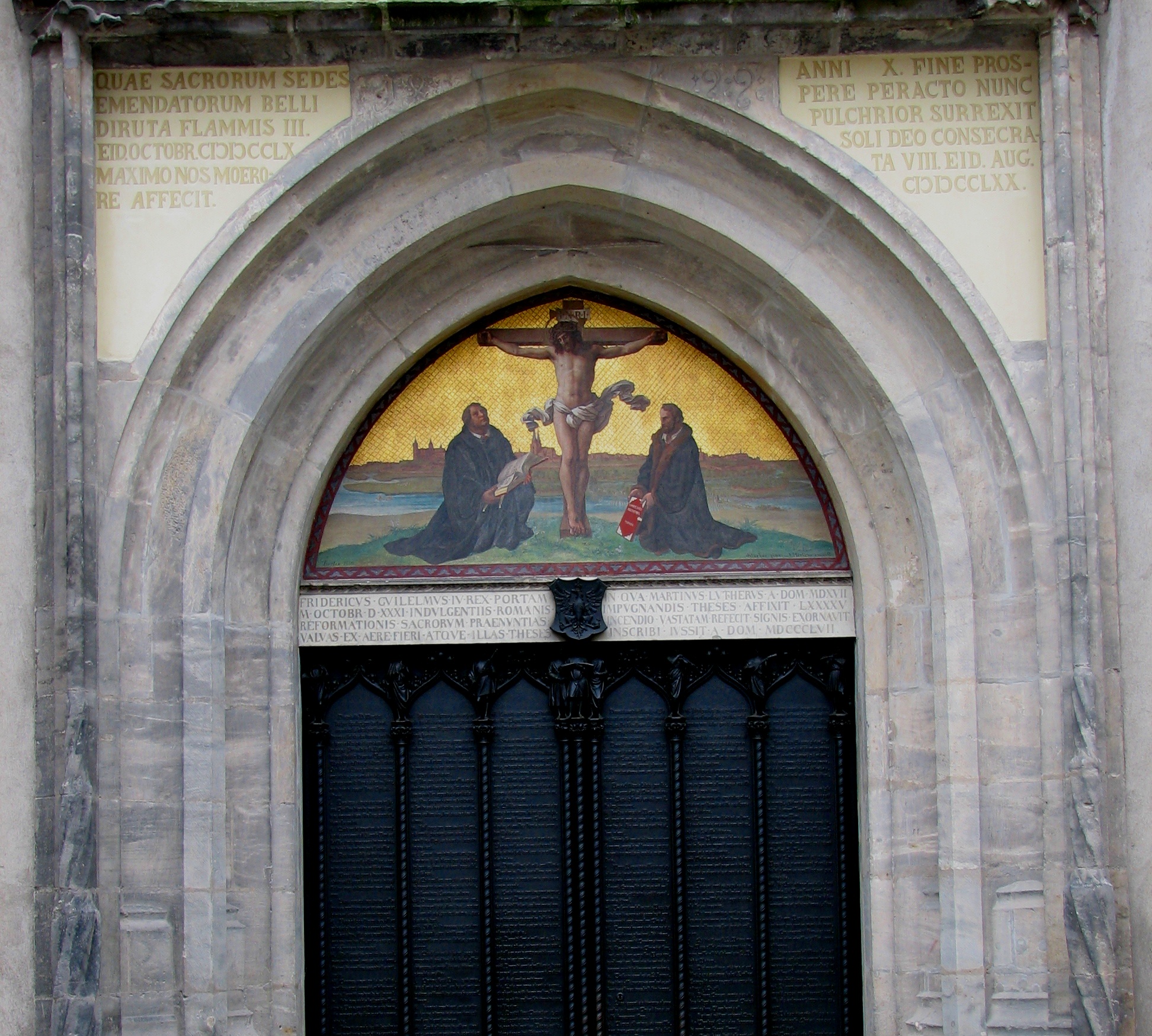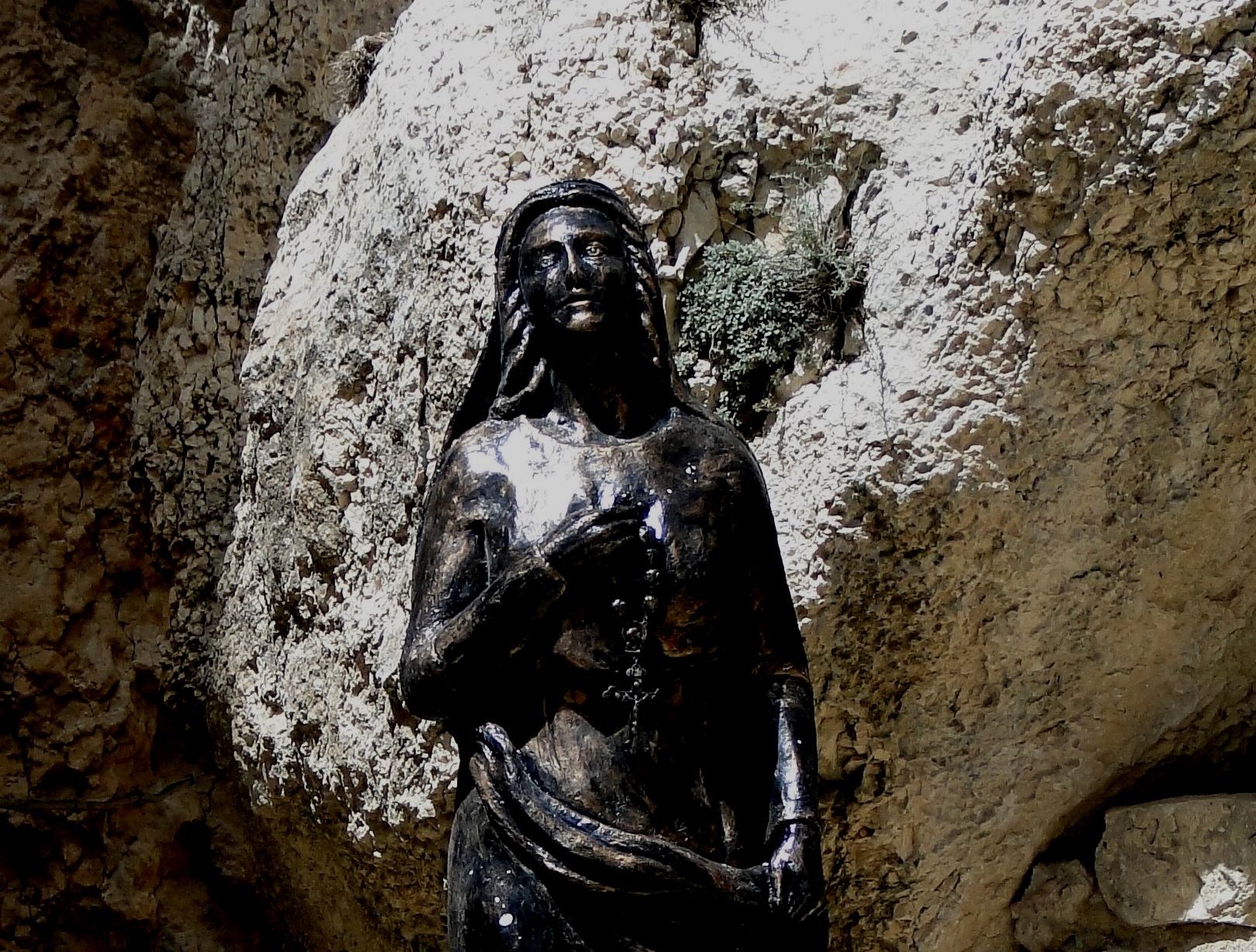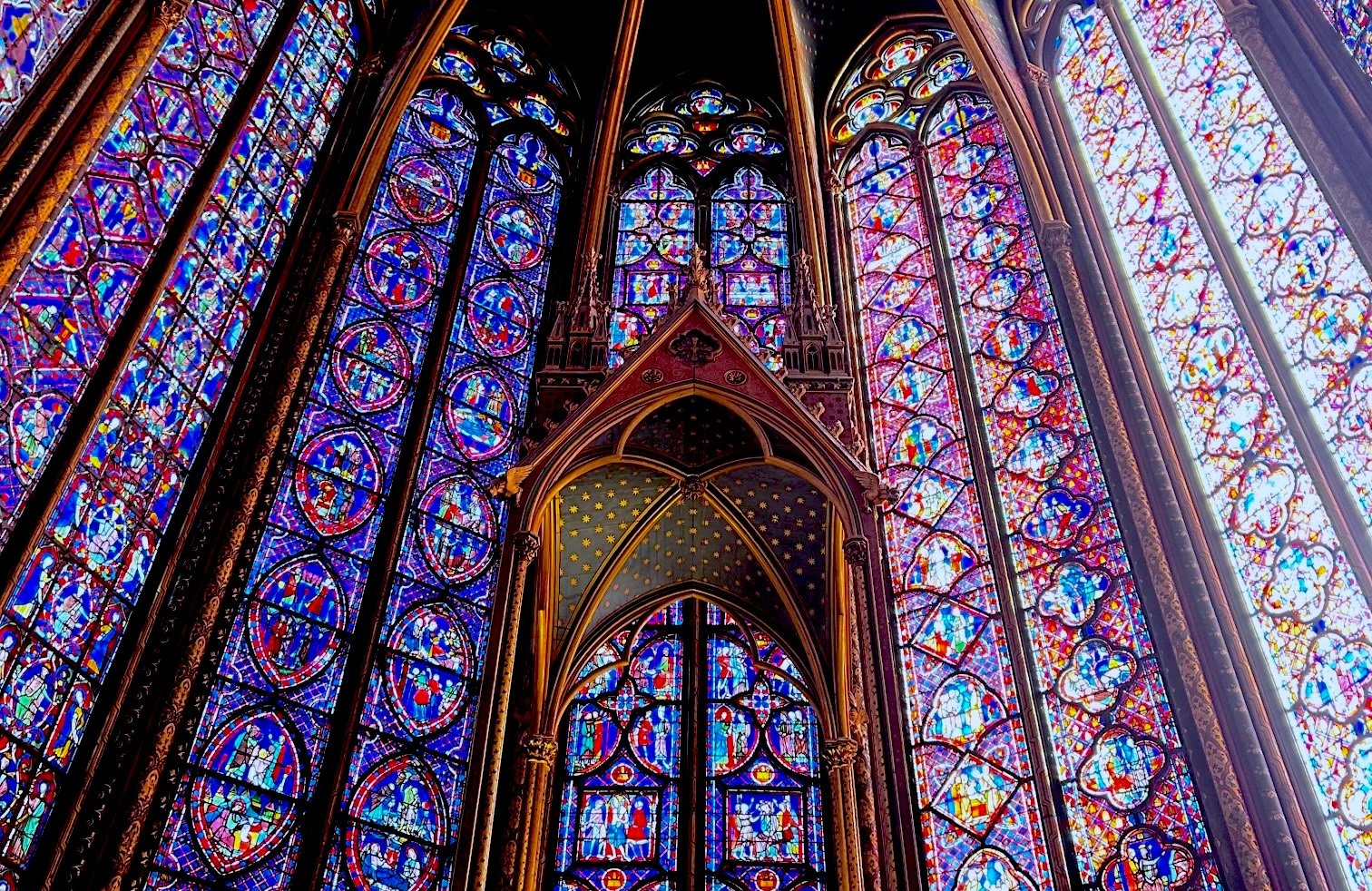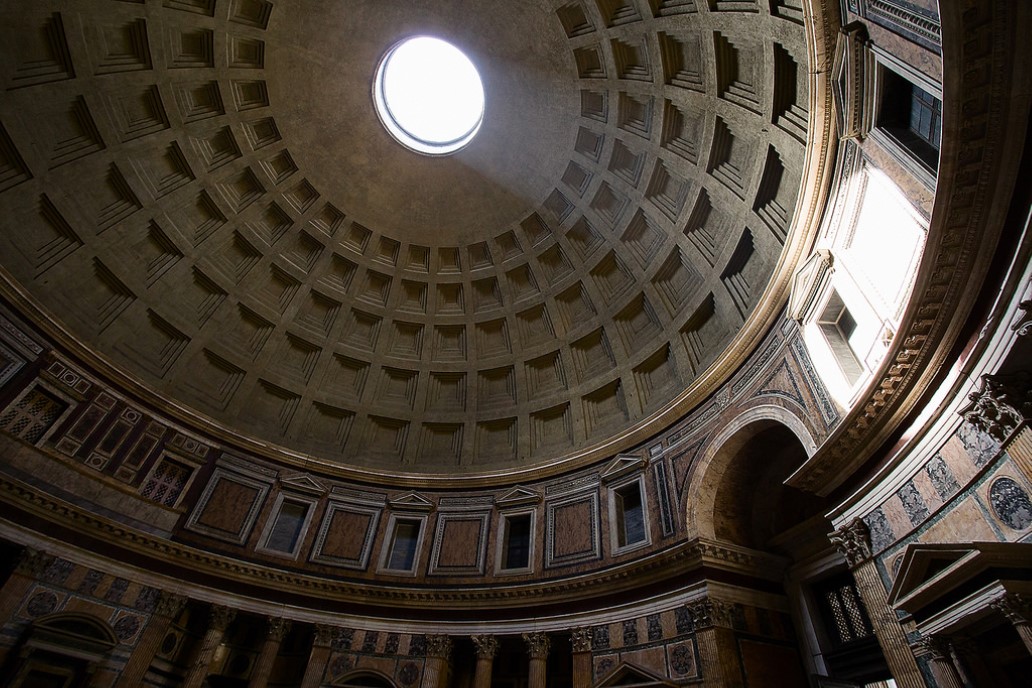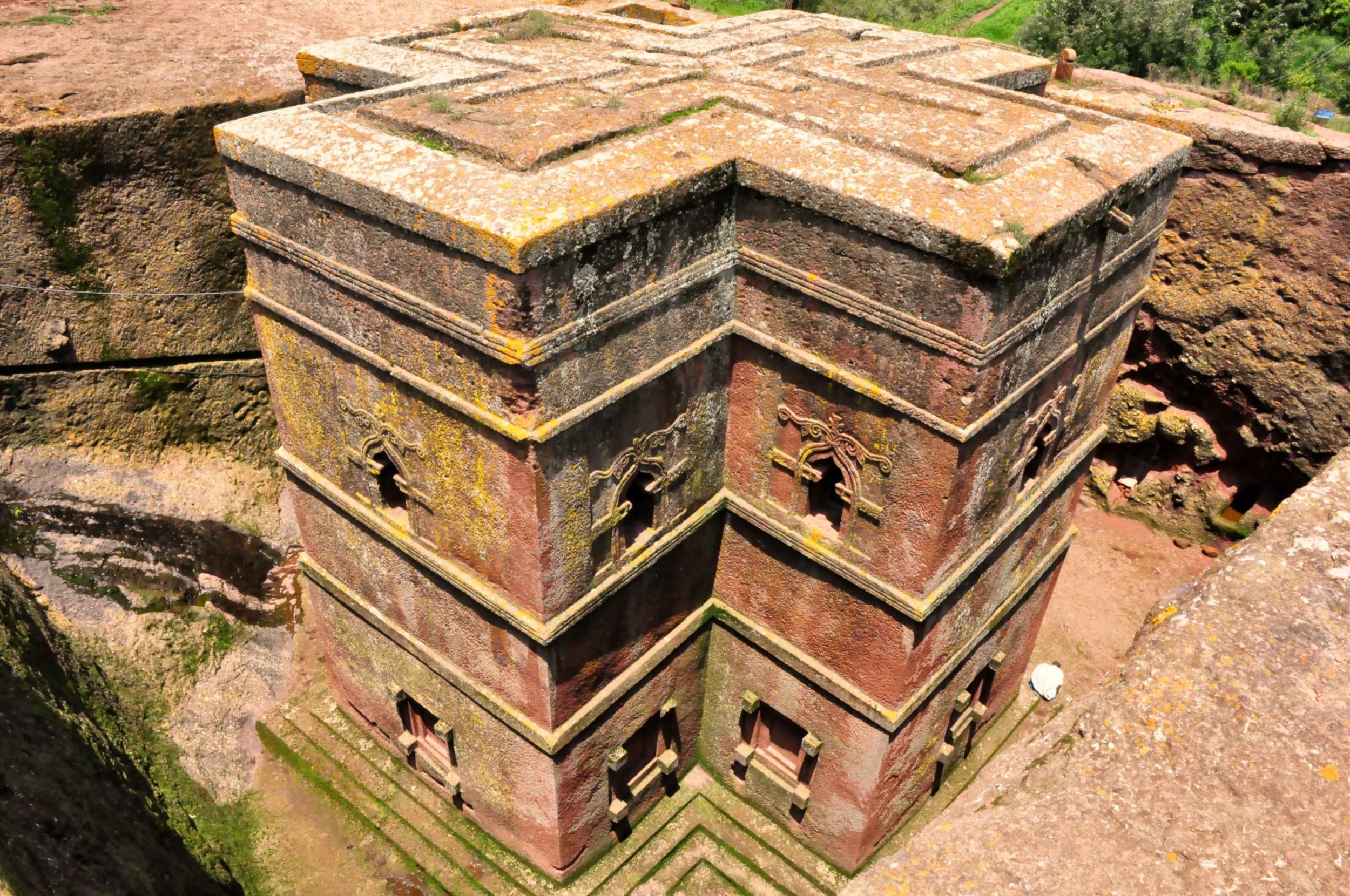The Roman Catholic and Eastern Orthodox Churches
Photograph: Pope Francis I & Patriarch Bartholomew I in the Church of the Holy Sepulchre in Jerusalem. Photo credit: Nir Hason | CC3.0, Wikimedia Commons.
Introduction
The selection of perspectives on the split between the Roman Catholic and Eastern Orthodox Churches are guided by the attempt to understand the strains traditionally associated with 1054 AD, but also contributing factors such as the Fourth Crusade.
Resources on the Catholic-Orthodox Split
The Filioque: a Church-Dividing Issue? An Agreed Statement of the North American Orthodox-Catholic Theological Consultation Saint Paul's College, Washington, D.C. October, 2003. Assembly of Canonical Orthodox Bishops of the USA.
Kallistos Ware, Orthodox and Catholics in the Seventeenth Century: Schism or Intercommunion? (paper)
Joseph Carola S.J., Augustine of Hippo: The Role of the Laity in Ecclesial Reconciliation. Editrice Pontificia Università Gregoriana | Amazon page, Jan 1, 2005. “This is the first study of the extent to which St. Augustine understood lay Christians to share the power to “bind and loose sinners.” They bind them through fraternal correction and loose them through their prayers. Fr. Carola elaborates thoroughly Augustine’s theological and pastoral vision of lay participation in ecclesial reconciliation.”
Brant Pitre, Jesus, the New Temple, and the New Priesthood. Letter & Spirit, 2008. An Eastern Orthodox argument for priesthood.
Olga Lossky, Toward the Endless Day: The Life of Elisabeth Behr-Sigel. University of Notre Dame Press | Amazon book, Mar 15, 2010. On one of the most important 20th century Orthodox theologians.
Perry C. Robinson, Life in a Windowless Monad. Energetic Procession, Aug 28, 2010. An Eastern Orthodox argument linking Trinity and the organizational form of church
Anselm of Canterbury, On the Filioque. Unam Sanctam Catholicam, May 12, 2022.
David Bentley Hart, The Myth of Schism. Monks and Mermaids: A Benedictine Blog, May 2012.
Triablogue, 51 Biblical Proofs of a Pauline Papacy and Ephesian Primacy. Triablogue, Aug 4, 2012. An interesting test of historical and hermeneutical logic
Timothy Flanders, An Eastern Orthodox Christian Looks West. Heroic Virtue Creations, Nov 26, 2012.
Andrew Phillips, Reflections on the Separation Between Western and Eastern Christendom. Pravoslavie Orthodox Christianity blog, Jan 11, 2013.
Marcus Plested, Aquinas, Between East and West. Society of John Chrysostom, Mar 4, 2013. See also Marcus Plested, Aquinas in the Orthodox Tradition. University of St. Thomas | Minnesota, Oct 2, 2014 for a 75 minute lecture video.
Andrew Phillips, The Founders of the Orthodox West: Recovering the Spiritual Identity of Western Europe. Pravoslavie Orthodox Christianity blog, Sep 29, 2013.
Peter Kwasniewski, Byzantine Splendor and Roman Sobriety. Corpus Christi Watershed, Jan 9, 2014.
Bishop Nicholas Samra, Eastern Catholicism in the Middle East. Sheptytsky Institute, Oct 23, 2014.
Billy Kanqas, Eastern Orthodoxy and the Pope: Eastern Perspectives. Patheos, Jan 31, 2015.
Michael J. Kruger, Were Early Churches Ruled by Elders or a Single Bishop? Canon Fodder blog, Jul 13, 2015.
Father Lev Gillet, The Immaculate Conception and the Orthodox Church. Eclectic Orthodoxy, Sep 1, 2015.
Metropolitan Paul Yazigi, The Church's Unity According to Maximus the Confessor. Pravmir, Feb 11, 2016.
Editor, The Current Importance of 1066 and All That. Polemia, May 29, 2017. An Orthodox perspective on the Norman invasion of England and its introduction of Roman Catholicism
Antoine Arjakovsky, What is Orthodoxy?: A Genealogy of Christian Understanding. Angelico Press | Amazon page, Oct 24, 2018.
Jon Anderson, The Beautiful Witness of the Eastern Catholic Churches. Catholic Herald, Mar 7, 2019.
Ubi Petrus, Do Eastern Orthodox Evangelize? | A History of Orthodox Christian Missions | Vol. 1. (1054-1600). Ubi Petrus, Aug 14, 2021. This is Important because one critique by Roman Catholics and Protestants is that the Orthodox do not do evangelism and mission.
Joshua Schooping, Irenaeus' High Mariology: What it Does Not Prove. Reformed Ninja, Oct 9, 2021.
Ubi Petrus, Do Eastern Orthodox Evangelize? | A History of Orthodox Christian Missions | Vol. 2. (1601-1917). Ubi Petrus, Oct 21, 2021.
Ubi Petrus, Do Eastern Orthodox Evangelize? | A History of Orthodox Christian Missions | Vol. 3. (1601-1917). Ubi Petrus, Nov 13, 2021.
Ubi Petrus, Orthodox Mission to the Assyrian Christians (from "A History of Orthodox Missions Part II"). Ubi Petrus, May 1, 2022.
Joshua Schooping, Disillusioned: Why I Left the Eastern Orthodox Priesthood and Church. Independently Published | Amazon page, Aug 11, 2022.
Paul Gavrilyuk, The Ashbury Revival and Lent: An Orthodox Appreciation. Feb 28, 2023. Valuable for its irenic and cautious but optimistic spirit, and touch points to Orthodox Church history.
Jules Gomes, Pope Leo XIV Drops Papal Supremacy, Urging ‘Full Communion’ with ‘All Christians’. Stream, May 19, 2025. Pontiff’s inaugural sermon highlights the ecumenical interpretation of ‘the Rock’ as Christ.
“Love and unity: these are the two dimensions of the mission entrusted to Peter by Jesus,” he told the 150,000 Catholics as well as representatives from Protestant and Orthodox churches who gathered at St. Peter’s Square for his inaugural Mass on Sunday morning.
Leo XIV noted that “the Apostle Peter himself tells us that Jesus is the stone that was rejected by you, the builders, and has become the cornerstone,’” expressly designating Jesus as the founding rock of the Church.
“Moreover, if the rock is Christ, Peter must shepherd the flock without ever yielding to the temptation to be an autocrat, lording it over those entrusted to him,” the pontiff emphasized, in a significant departure from conventional Catholic interpretation, which identifies Peter as the “rock” on which Jesus built the Church.
Leo XIV described the papal office as a calling to “serve the faith of his brothers and sisters, and to walk alongside them,” underscoring the role of all baptized believers as “living stones” (1 Peter 2:5), called “to build God’s house in fraternal communion, in the harmony of the Spirit, in the coexistence of diversity.”
The new pope’s interpretation of Christ as the rock draws on patristic exegesis, which was brought to the attention of Pope Pius IX in 1870 by Archbishop Peter Kenrick of St. Louis, Missouri.
Kenrick, alarmed by the promulgation of the dogma of papal infallibility at Vatican 1, demonstrated that most of the church fathers did not believe that the “rock” of Matthew 16:18 was Peter. Instead, 44 fathers understood the rock as Peter’s confession, 16 interpreted it as Jesus, eight interpreted it as all the apostles, and a few believed the rock to be the faithful. Only 17 fathers thought the rock was Peter.
TheologyJeremy, 5 Doctrines Protestants and Eastern Orthodox Agree On (That Roman Catholics Don’t). TheologyJeremy, Jun 2, 2025. Papal supremacy vs. plurality of bishops; Mary’s immaculate conception; communion in one kind; purgatory; indulgences.
“For centuries, Protestants have been accused of breaking away from the historic Christian faith—but what if they’re not as alone as they’ve been told? In this video, we examine five key doctrines where Protestants and Eastern Orthodox Christians stand in agreement, in contrast to the distinctive teachings of the Roman Catholic Church. From papal supremacy to indulgences, these are not just minor differences—they raise serious questions about who has truly preserved the faith of the early Church. If you've ever felt pressured by Catholic claims to history, this video is for you.”
Church Unity: Topics:
This page is part of our section on Church Unity which concerns the Assyrian Church of the East, which separated over the Council of Ephesus in 431, the Oriental Orthodox Churches, which separated over the Council of Chalcedon of 451, the Catholic-Orthodox split of 1054, and the Protestant Churches beginning 1517.

